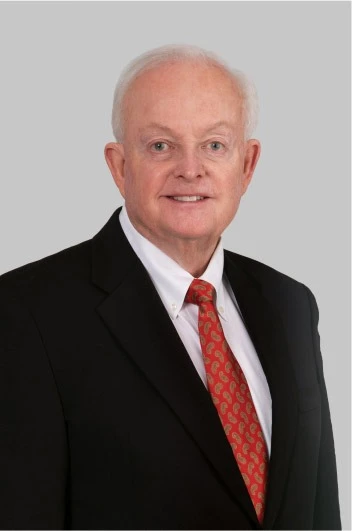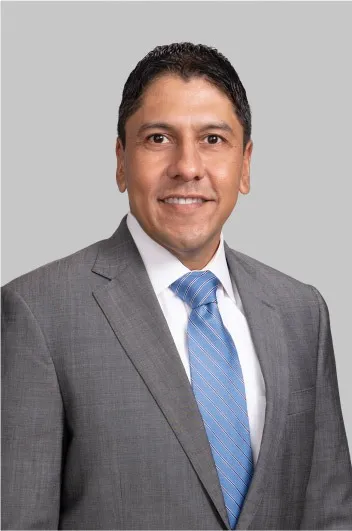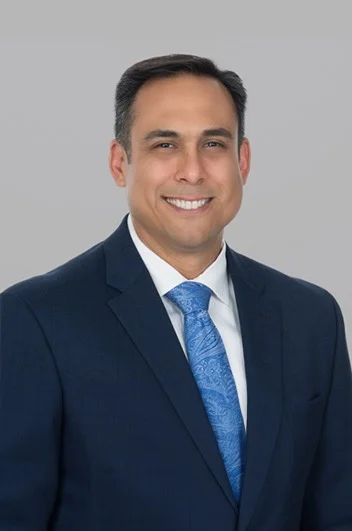Commercial Vehicle Crashes in San Angelo: Who’s Liable?
By: Webb, Stokes & Sparks
When a commercial vehicle crash occurs in San Angelo, Texas, determining liability can be a complex process. These collisions often involve large trucks, delivery vans, or other vehicles used for business purposes, leading to severe injuries, property damage, and intricate legal disputes. Unlike typical car crashes, commercial vehicle cases introduce multiple potential parties, layers of state and federal regulations, and unique legal challenges.
This article explores who may be held liable in such crashes, the legal framework governing these cases, and key considerations for victims seeking justice. Written for the general public—particularly those affected by such incidents—this guide aims to clarify the process while offering actionable insights.
Understanding Commercial Vehicle Crashes
A commercial vehicle, as defined by the Texas Transportation Code (Section 548.001), is any motor vehicle—other than a motorcycle—designed or used to transport property or for delivery purposes, excluding farm vehicles. These can range from 18-wheelers to company-owned vans, often weighing significantly more than passenger cars. In San Angelo, a hub for commerce and transportation in West Texas, the presence of highways like Loop 306 and U.S. 87 means commercial vehicles are a common sight—and a frequent factor in collisions.
The stakes in these crashes are high. According to the Texas Department of Transportation (TxDOT), Tom Green County, where San Angelo is located, recorded numerous crashes in recent years, with commercial vehicles often contributing to the severity due to their size and weight. Victims may face medical bills, lost wages, and long-term recovery challenges, making it critical to identify who’s legally responsible.
Who Can Be Held Liable?
Liability in commercial vehicle crashes isn’t limited to the driver. Multiple parties may share responsibility, depending on the circumstances. Here’s a breakdown of the key players:
1. The Driver
The most immediate suspect in any crash is the driver. If the driver was negligent—speeding, driving under the influence, or violating hours-of-service rules—they could be personally liable.
Texas follows a “fault-based” system, meaning the party responsible for causing the crash bears the financial burden. For example, a driver who exceeds the Federal Motor Carrier Safety Administration’s (FMCSA) 11-hour driving limit and causes a fatigue-related crash could be held accountable.
2. The Employer/Trucking Company
Under the legal doctrine of vicarious liability, employers can be liable for their employees’ actions if the crash occurred during work duties. This applies when a driver is “acting within the scope of employment.” For instance, if a San Angelo delivery driver causes a crash while making a scheduled drop-off, the employer might be responsible. Companies can also face direct liability for negligence in hiring, training, or supervising drivers, or failing to maintain vehicles properly.
3. Vehicle Manufacturers
If a mechanical failure—such as defective brakes or faulty tires—contributes to the crash, the manufacturer could be liable under product liability laws. Texas law allows victims to pursue claims against manufacturers for design defects, manufacturing errors, or failure to warn about risks, provided the defect directly caused the crash.
4. Third Parties (e.g., Cargo Loaders, Maintenance Providers)
Improperly loaded cargo or neglected maintenance can shift liability to third-party contractors. For example, if a San Angelo trucking company outsources loading and the cargo shifts, causing the driver to lose control, the loading company might share responsibility. Similarly, a mechanic who fails to fix a known issue could be at fault.
5. Other Drivers or Entities
In multi-vehicle crashes, another motorist’s negligence (e.g., cutting off a truck) could trigger the chain of events. Additionally, government entities might be liable if poor road conditions—like unaddressed potholes on South Bryant Boulevard—contribute to the crash, though such claims face stricter deadlines and procedural hurdles.
Legal Framework Governing Liability
Liability in San Angelo commercial vehicle crashes is shaped by a mix of Texas state laws and federal regulations, with recent legislative changes adding complexity.
Texas Transportation Code
Chapter 550 outlines duties after a crash, such as reporting requirements for crashes causing injury, death, or significant property damage (over $1,000). Chapter 601 mandates minimum liability insurance for commercial vehicles, typically higher than for personal cars, ensuring coverage for damages.
Federal Motor Carrier Safety Regulations (FMCSA)
Commercial drivers and companies must comply with FMCSA rules, including hours-of-service limits, drug and alcohol testing, and vehicle maintenance standards. Violations—like falsifying logbooks or skipping inspections—can establish negligence per se, strengthening a victim’s case.
Modified Comparative Negligence (Texas Civil Practice & Remedies Code § 33.001)
Texas uses a “51% rule.” If the victim is 51% or more at fault, they recover nothing. If less at fault, their compensation is reduced by their percentage of blame. For example, if a San Angelo victim is awarded $100,000 but found 20% responsible (e.g., for not signaling), they’d receive $80,000.
House Bill 19 (2021)
This recent Texas law, effective September 1, 2021, reshapes commercial vehicle litigation. It allows defendants to request bifurcated trials—splitting proceedings into two phases: one for driver fault and compensatory damages, and another for company liability and punitive damages. This makes it harder to introduce evidence of corporate negligence (e.g., poor training policies) early on, potentially shielding companies and complicating claims.
Statute of Limitations (Texas Civil Practice & Remedies Code § 16.003)
Victims have two years from the crash date to file a personal injury lawsuit. Missing this deadline bars recovery, though exceptions (e.g., minors) may extend it.
Nuances and Challenges
Several factors make commercial vehicle cases distinct from typical car crashes:
- Multiple Layers of Insurance: Commercial vehicles often carry substantial policies, but insurance companies fight aggressively to minimize payouts. Victims may need to navigate multiple insurers—driver, employer, and third-party policies—adding complexity.
- Federal vs. State Law: While Texas law governs most personal injury claims, federal FMCSA rules apply to interstate commerce, creating overlap. A San Angelo crash involving an out-of-state truck might trigger federal jurisdiction, affecting evidence and liability arguments.
- Evidence Preservation: Critical evidence like black box data (recording speed, braking, etc.) or maintenance logs can be lost or destroyed if not secured quickly. Trucking companies may attempt to obscure fault, necessitating swift legal action.
- House Bill 19’s Impact: This law’s bifurcated trial structure and limits on early evidence against companies have drawn criticism for favoring corporations over victims. It underscores the need for skilled legal representation to navigate these hurdles.
Steps for Victims in San Angelo
If you’re involved in a commercial vehicle crash:
- Seek medical attention immediately, even if injuries seem minor.
- Report the crash to police if it meets TxDOT criteria (injury, death, or $1,000+ damage).
- Gather evidence—photos, witness contacts, and the driver’s information.
- Contact a San Angelo personal injury attorney experienced in commercial vehicle cases to preserve evidence and meet deadlines.
- Avoid speaking to insurance adjusters without counsel—they may undervalue your claim.
Conclusion
Determining liability in San Angelo commercial vehicle crashes requires untangling a web of drivers, employers, manufacturers, and regulations. Texas’s fault-based system, combined with federal oversight and recent laws like House Bill 19, creates a challenging landscape for victims. Whether it’s a negligent driver on North Chadbourne Street or a company cutting corners, identifying all responsible parties is key to securing fair compensation.
Disclaimer: This article is intended for informational purposes only and should not be taken as legal advice. Consult with a qualified attorney to discuss your specific situation.
For San Angelo residents facing this ordeal, consulting a local attorney familiar with these nuances can make the difference between a denied claim and a successful recovery. If you’ve been injured in a commercial vehicle crash in San Angelo, don’t let time or complex laws stand in your way. Contact Webb, Stokes & Sparks today at (325) 442-0711 for a free case evaluation. With over 160 years of combined experience and a team of board-certified personal injury lawyers, we’re here to fight for the justice and compensation you deserve.
Contact Our Team
Put Our Numbers on Your Side
Partner
partner
partner
partner
Partner
Latest reviews
“





